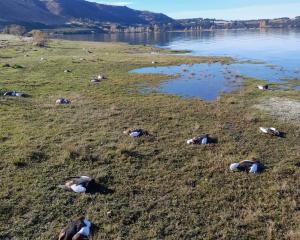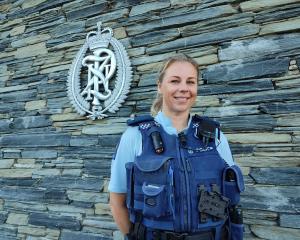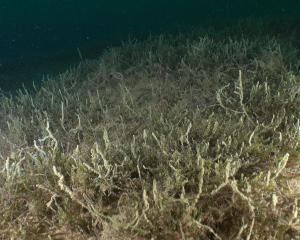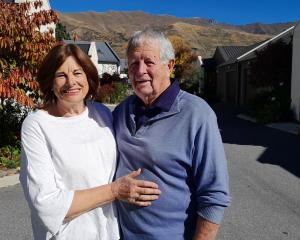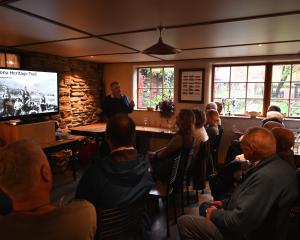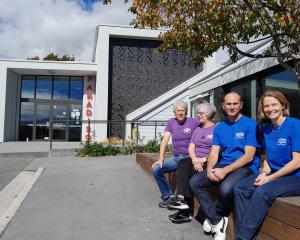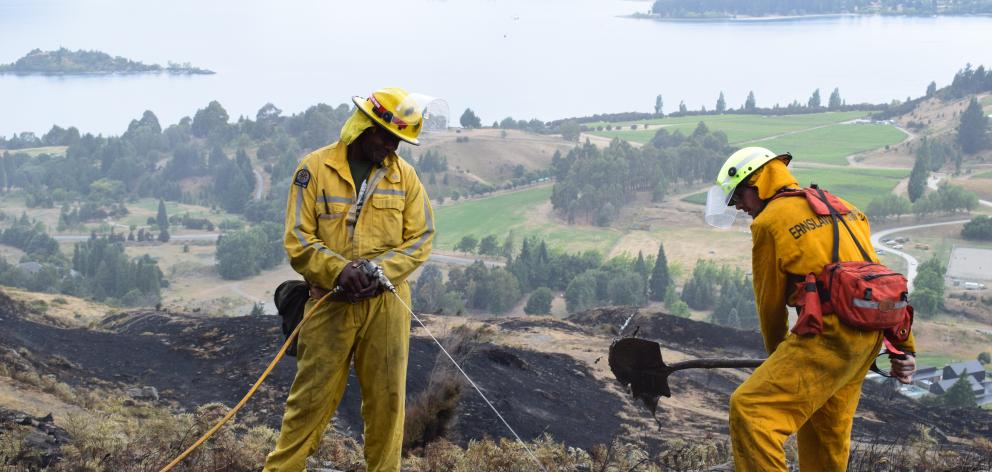
In a statement yesterday, Fenz said after investigating the cause it found the fire was started from ashes which were discarded on a property.
Fenz rural region manager Mike Grant said a resident had been allowed to light the fire and took steps to ensure the ashes were disposed of safely.
It was lit in a fully concrete courtyard fireplace in an enclosed area which was permitted in a fire ban period, he said.
"Basically, the person did all the right things. They put the embers in a bucket, then let them cool for two days before discarding them in a pit, but because of the dry conditions, it just wasn’t enough.
"The embers were obviously still hot underneath. It started smoking, and before they knew it, a fire had broken out."
The fire began on January 3 and ripped through more than 200ha of dry countryside around Mt Alpha, near Wanaka.
It took 40 firefighters and eight helicopters with monsoon buckets nearly two days to bring it under control.
Hot spots have remained and pockets have reignited several times since the initial fire.
The incident showed how easy it was to start a blaze in such dry conditions, Fenz said..
Mr Grant said ashes could remain hot up to six days after a fire.
"It might look like they’re cool on the surface, but underneath they’re often still hot and that’s all it takes, given the dry and the heat are so extreme at the moment."
Fenz principal rural fire officer Graeme Still said anyone discarding embers should put them in a bucket, douse them with water, stir occasionally and let them soak for several days.
"Every year we get several calls to fires that start from ashes, so it’s a good reminder to doubly, even triply, check them.
"Even best practice can catch you out when the fire danger is as heightened as it is now. There’s absolutely no moisture in the ground and things can escalate pretty quickly."
Firefighters went to the site every day to dampen hotspots and make sure there were no flare-ups, he said.
It was lucky there was minimal wind, otherwise the fire could have caused a lot more damage, he said.
• For more information about best practice in the dry conditions and fire restrictions: checkitsalright.nz

